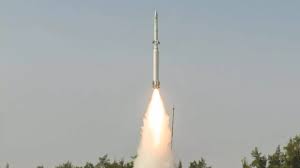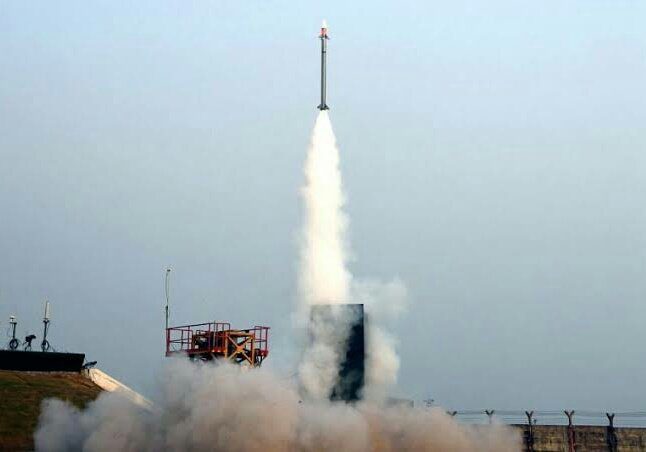India’s Project Kusha: A Game-Changing Long-Range SAM System to Rival S-400
In a significant stride towards enhancing its military capabilities, India has been quietly developing a long-range surface-to-air missile system known as “Project Kusha.” This indigenous defense initiative aims to provide the country with a robust air defense system comparable to the Russian S-400 Surface-to-Air Missile (SAM) system. The development of Project Kusha is poised to bring about a paradigm shift in the security scenario in South Asia, with implications for regional stability and India’s strategic position.

The Genesis of Project Kusha
The development of Project Kusha began several years ago with the intent to bolster India’s air defence capabilities. It was born out of the necessity to have a missile defence system that could deter and defend against a range of aerial threats, including aircraft, drones, and ballistic missiles. As international arms export restrictions posed challenges to acquiring foreign systems, India took it upon itself to develop an indigenous solution.
Key Features of Project Kusha
- Long-range Capability: One of the most significant aspects of Project Kusha is its long-range capability, akin to the Russian S-400 system. Project Kusha is designed to engage targets at distances of up to 400 kilometres, making it an effective deterrent against hostile aircraft and missiles.
- Multiple Target Engagement: Project Kusha is expected to possess the ability to simultaneously engage multiple targets, enhancing its effectiveness in a modern battlefield scenario.
- Radar Systems: The system will be equipped with state-of-the-art radar systems, which will provide comprehensive situational awareness, enabling it to track and intercept a wide array of threats.
- Mobility: Like the S-400, Project Kusha will be highly mobile, allowing it to be deployed to different parts of the country as needed. Its mobility ensures that India can defend its airspace effectively even in a rapidly changing geopolitical environment.
- Indigenous Development: Project Kusha reflects India’s commitment to developing its defence capabilities, reducing reliance on foreign arms purchases, and promoting its domestic defence industry.
Regional Implications of Project Kusha
The introduction of Project Kusha into India’s defence arsenal will have several significant regional implications:
- Enhanced Deterrence: India’s possession of a system like Project Kusha sends a clear message of deterrence to potential adversaries. It enhances India’s capacity to protect its airspace and vital military and civilian installations.
- Shifting Regional Power Dynamics: With the development and deployment of Project Kusha, India’s stature as a regional military power is likely to grow, potentially influencing the regional balance of power in South Asia.
- Impact on Neighbouring Countries: The introduction of Project Kusha may lead to concerns in neighbouring countries, as it substantially enhances India’s ability to defend its borders and assert its security interests.
- Strategic Autonomy: Project Kusha underscores India’s commitment to achieving strategic autonomy and self-reliance in defense, reducing its dependence on foreign military technology and strengthening its indigenous defence industry.
Challenges and Considerations
Despite its potential benefits, the development and deployment of Project Kusha do come with a set of challenges and considerations:
- Geopolitical Tensions: The project may exacerbate existing regional tensions and lead to concerns in neighbouring countries, particularly China and Pakistan.
- Diplomatic Implications: India must effectively communicate the defensive nature of the system and its commitment to regional stability to address concerns diplomatically.
- Cost and Sustainability: Developing and maintaining an advanced missile defence system like Project Kusha requires significant financial and technical resources.
- Compatibility with Existing Systems: Project Kusha must be integrated into India’s existing air defence network, which poses technical challenges.
Conclusion
India’s “Project Kusha” represents a significant leap forward in enhancing its air defence capabilities, comparable to the Russian S-400 system. The project is not only a testament to India’s commitment to self-reliance in defence but also a game-changer in the South Asian security landscape. As it becomes operational, Project Kusha will strengthen India’s deterrent posture, influence regional power dynamics, and underscore its strategic autonomy in the defence sector. However, it will also necessitate diplomatic efforts to ensure regional stability and peace while addressing concerns from neighbouring countries. Project Kusha is poised to reshape the security dynamics in South Asia, and its full impact remains to be seen as it comes to fruition.
